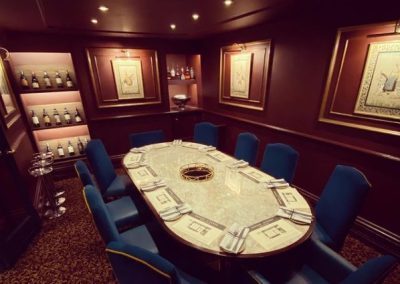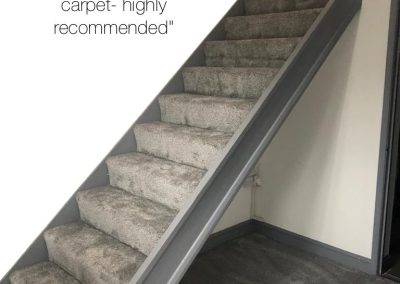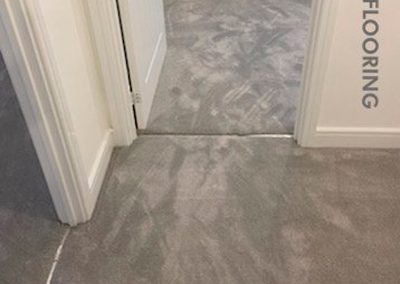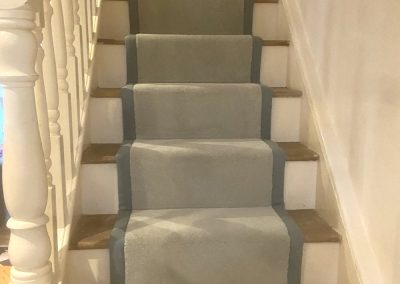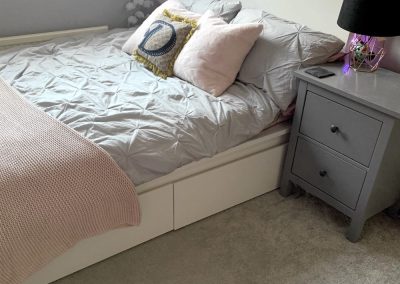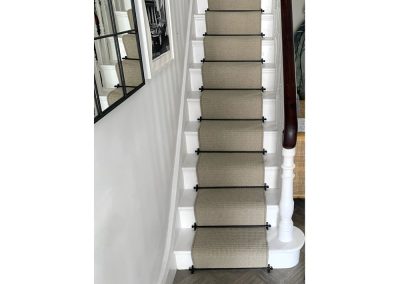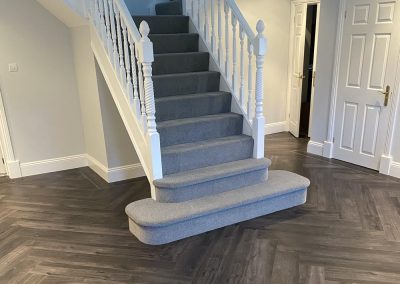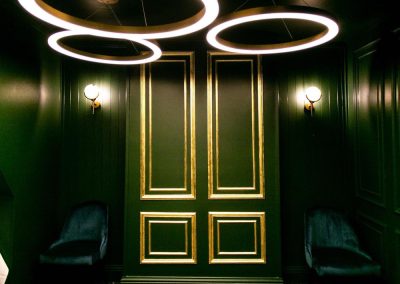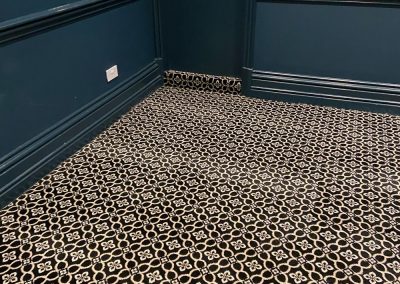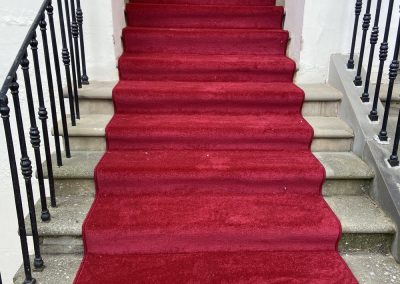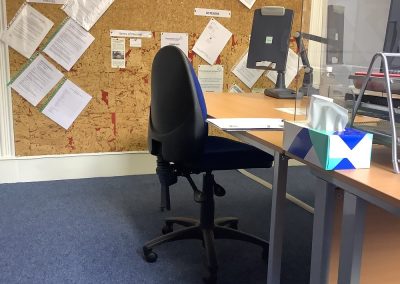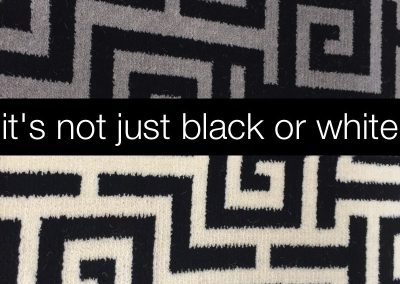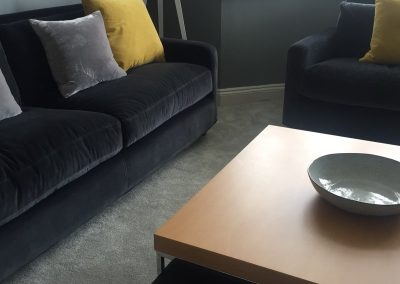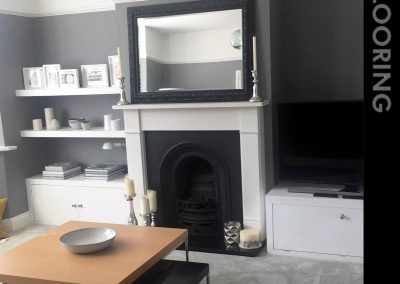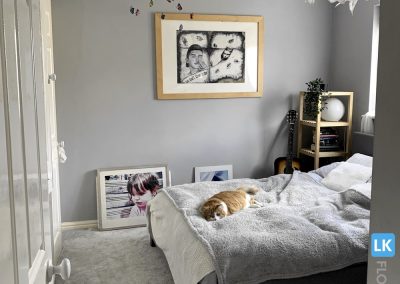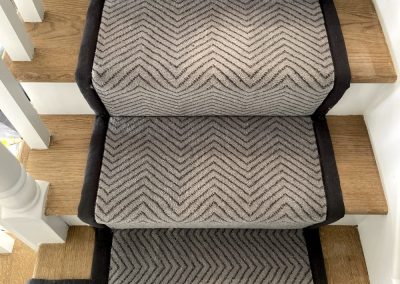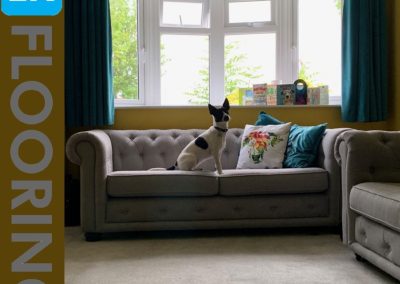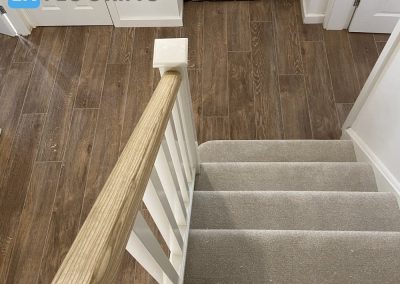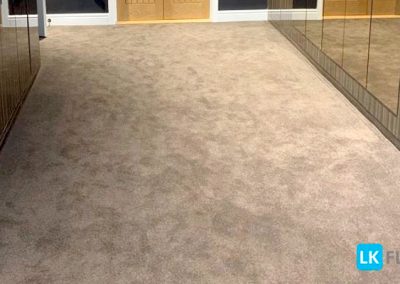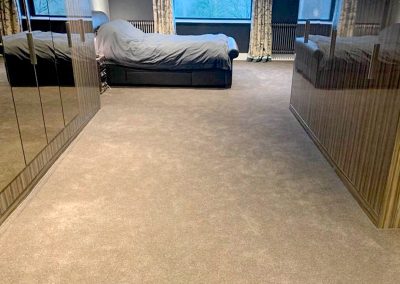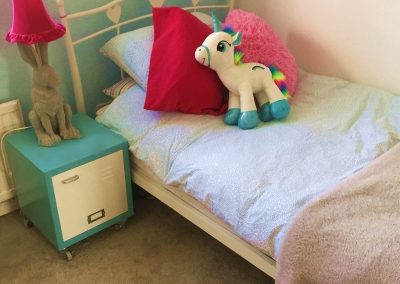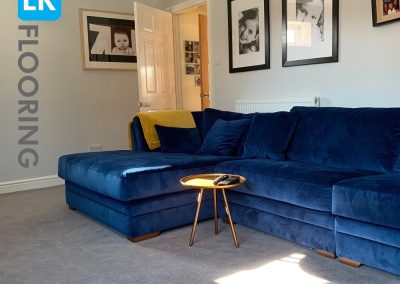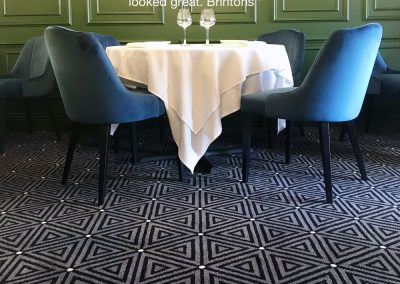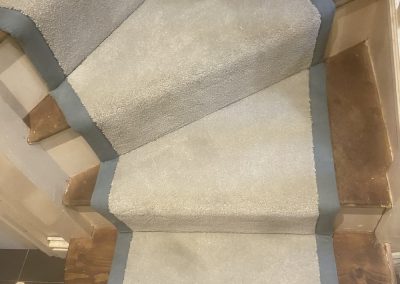Residential & Commercial Carpets
When you are thinking of choosing and investing in a carpet you want something
that will stay looking as good as new for as long as possible.
How do you know which carpet is best for you?
We can advise you on what works best in your home.
What sort of footfall will your carpet endure – a stampede of elephants or a pussy cat? This narrows down your options.
You can afford to treat yourself to a bit of luxury in the bedroom, where a softer pile will withstand slippers and bare feet. However, in areas where traffic is high, you are better having a carpet which is a bit dense, tight and low-pile.
The durability of a carpet; its thickness, resilience, material and weight of the pile are all things to consider. If you press your thumb firmly in the pile, the more quickly it springs back and recovers, the denser and more resilient it is. Again, we can advise you on what is right for you.
When looking at the colours, you need to take the samples and place them in your room, colours can take on a different shade when they are in different light.
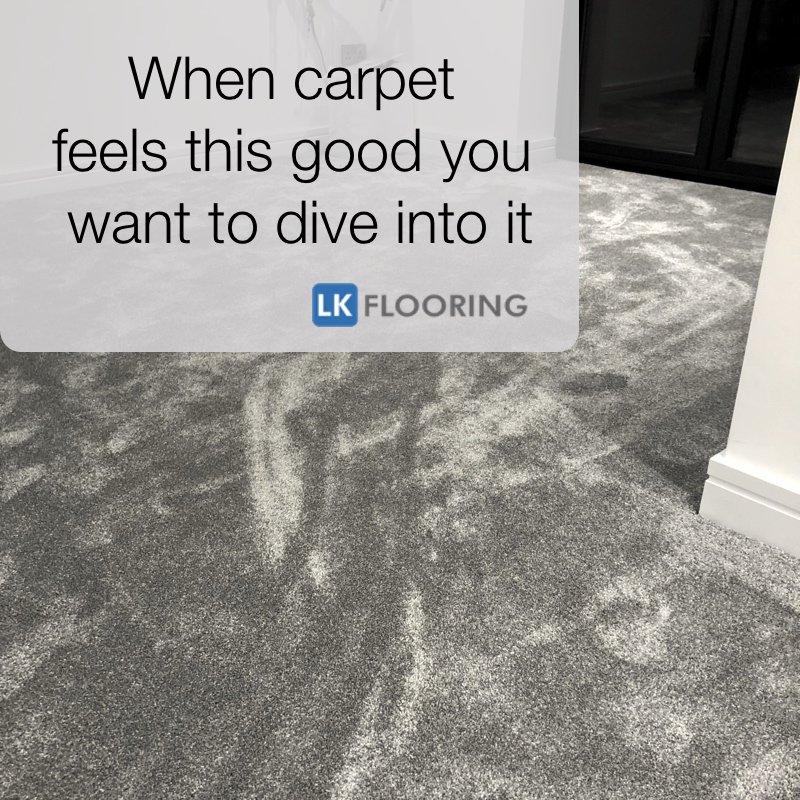
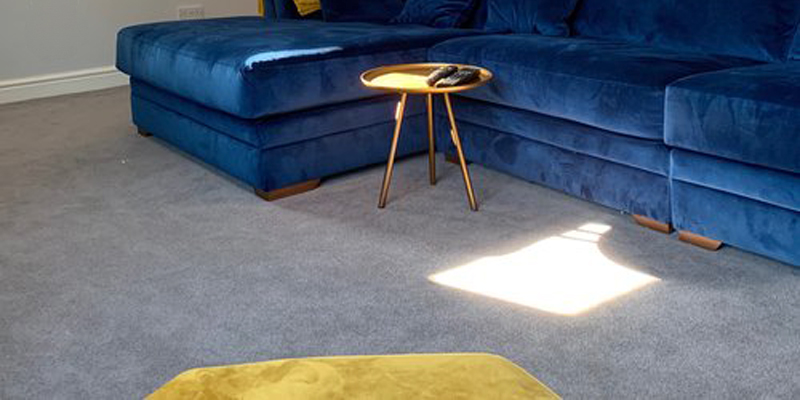
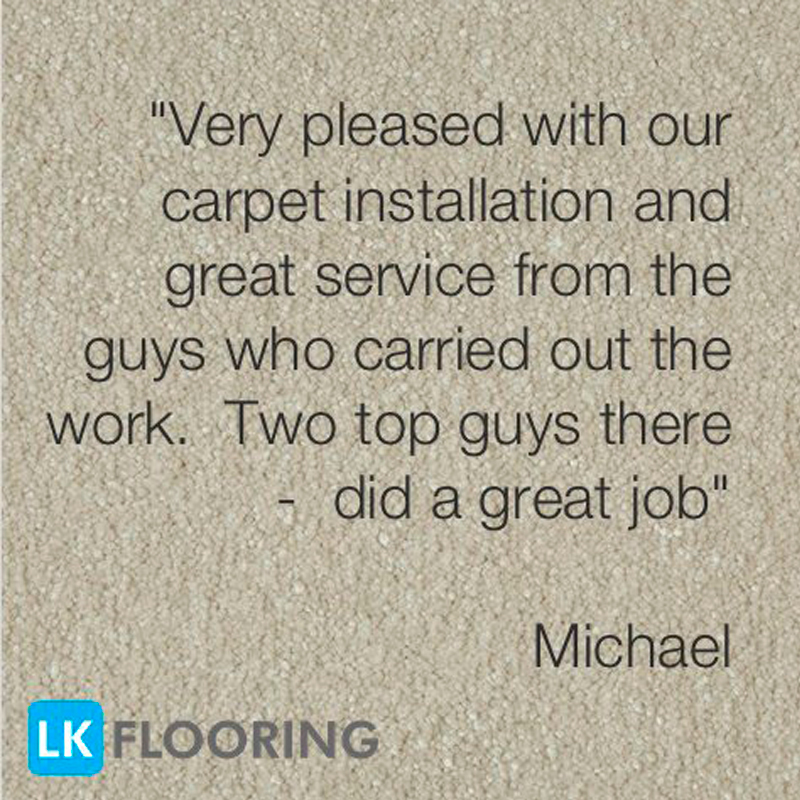
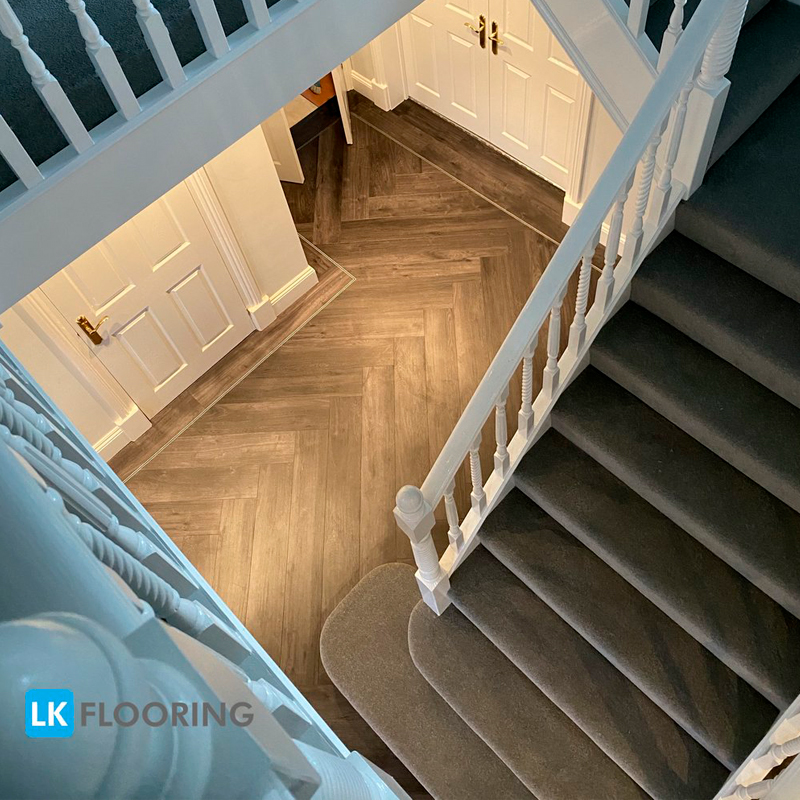
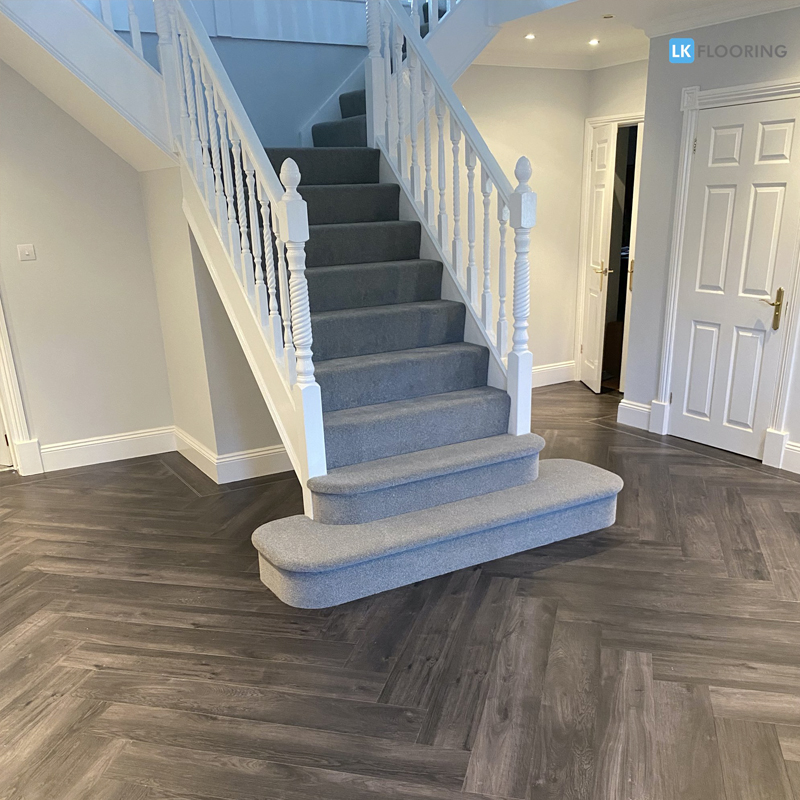
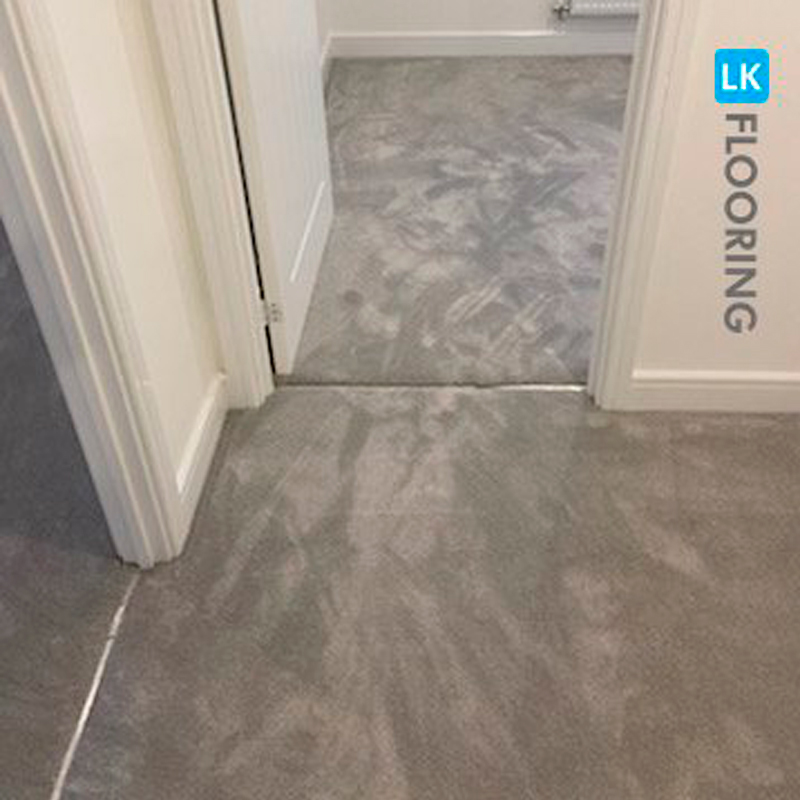
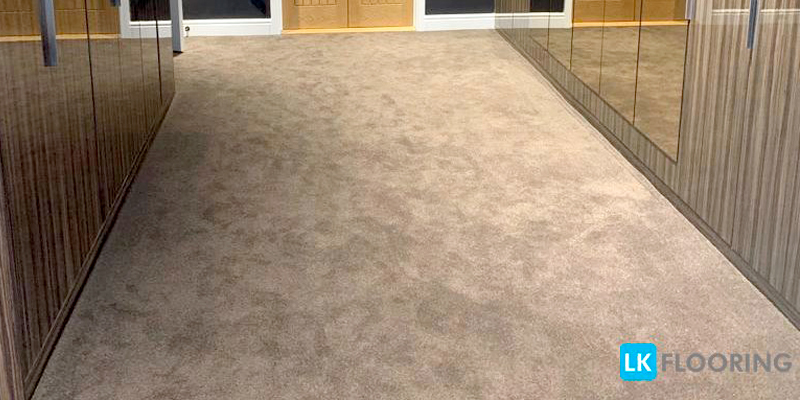
Types of Carpet
WOOL
Wool – mostly used for high-quality carpets. Expect to pay more for natural materials, but you will get a great looking floor made from sustainable fibre. It will be resilient and highly durable and will retain its appearance remarkably well. If you are looking for insulation it’s great for reducing heat loss and noise. Wool also feels beautiful and soft underfoot – you really can’t go wrong!
WOOL MIX
This is a mix of 80% wool, 20% man-made fibres (such as polyamide or polyester). This is the best combination for an all-purpose carpet.
POLYPROPYLENE
Man-made carpet fibre is a popular choice. It is both hardwearing and resistant to stains. It can be cleaned using a part-bleached cleaning solution always check with the manufacturer first). However, Polypropylene is flammable and not self-extinguishing.
POLYAMIDE (Known as Nylon)
Polyamide (also known as nylon) – Available in a wider range of hues and vibrant clear colours that can’t be reproduced in wool. It is a great option for family homes. Good quality polyamide or nylon carpets come with built-in stain-resistant treatments and score highly in the wearability stakes.
POLYESTER
Polyester – Used for textured or shag carpets. Polyester is most like wool in appearance and feel and is remarkably soft, durable and stain resistant. It is usually a blend, rather than on its own.
WOVEN & TUFTED
These are the most common carpets:
Woven carpets: such as Axminsters and Wiltons, are made using traditional loomed methods and are labour intensive. Woven carpets will give you a premium finish, but these widely regarded as the top-end choice of carpets. They also come at a premium price.
Tufted Carpets: the most popular carpet today. It is made by a row of needles punching the pile yarn into a base material. Tufted carpet is easier to manufacture and can be made using all types of yarns with a variety of finishes. Tufted carpet can be looped or cut (or both).
WOVEN
Axminster – Made in a similar way to an oriental rug, with fibres woven in and out through the surface backing on an Axminster machine. Axminster carpets are known for their rather grand, intricately patterned designs, quality and durability. They are expensive. Until recently, most Axminsters came in a velvet finish, but now manufacturers are using twisted yarn as well, to reduce shading.
Wilton – Another luxury, quality carpet. The name is derived from the type of loom used, which weaves the yarn in a continuous strand. Available in a wide range of patterns, Wilton carpets have a smooth, velvety, woven surface.
TUFTED
Twist – There are hardwearing carpets with yarn which has been twisted tightly together. This creates a one-way pile direction. Twist carpets are the most popular type of carpet currently being produced and come in plain colour or in a combination of complimentary shades. The ‘heather’ look, which helps hide a build-up of dust or animal hairs. It’s also a good choice for places where tread always wears, such as hallways and stairs.
Berber or looped pile – Originally named after carpets made by the Berber tribe in Africa, a Berber or looped pile carpet is made from uncut continuous loops on.
Wilton – Another luxury, quality carpet. The name is derived from the type of loom used, which weaves the yarn in a continuous strand. Available in a wide range of patterns, Wilton carpets have a smooth, velvety, woven surface.

